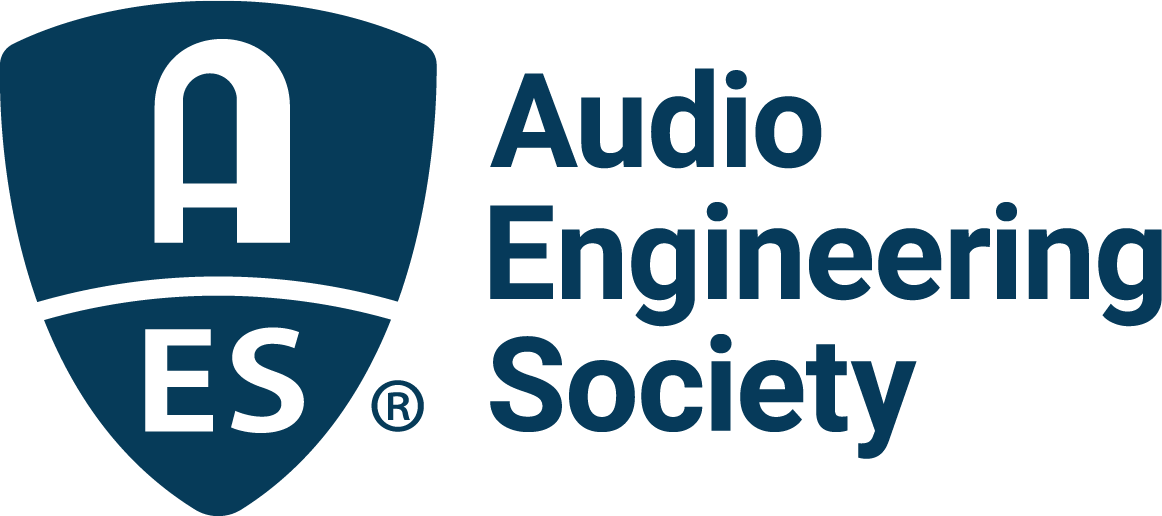Audio Forensics is the application of analysis and processing to further the investigative use of recorded audio. This covers three general areas:
- Enhancement to improve the signal quality and intelligibility of signals of interest, such as speech, by attenuating noise or otherwise increasing the signal-to-noise ratio.
- Authentication analysis of signals and file data to establish provenance and originality of a recording.
- Comparison of audio signals, speech and other acoustic events, to better understand unknown or disputed details.
This field can be thought of as a coin with two important sides that the AES is involved in: research and practice. As a practice, audio forensics is first and foremost a forensic science. This means that the factors important in all forensic disciplines are no less important here: standard practices, concepts of individualization, evidence handling and documentation, ethics, awareness of cognitive biases, clear and concise presentation of findings, and so on. Working as a scientist within the forensic construct, an audio forensics practitioner then relies heavily on the other side of the coin where tools, methods, and techniques are developed through research and publication.
The links provided below were selected with this in mind where it is demonstrated that for the past many years, the AES has steered the direction of audio forensics through the publication of novel papers, both research and methodological, and through various events organized by the Technical Committee on Audio Forensics. Additionally, external links are provided to the Scientific Working Group on Digital Evidence (SWGDE), which develops and curates best practice guidelines for digital and multimedia forensics (including audio forensics), and the standards landing page for the American Society for Testing and Materials (ASTM) Subcommittee on Digital and Multimedia Evidence.

